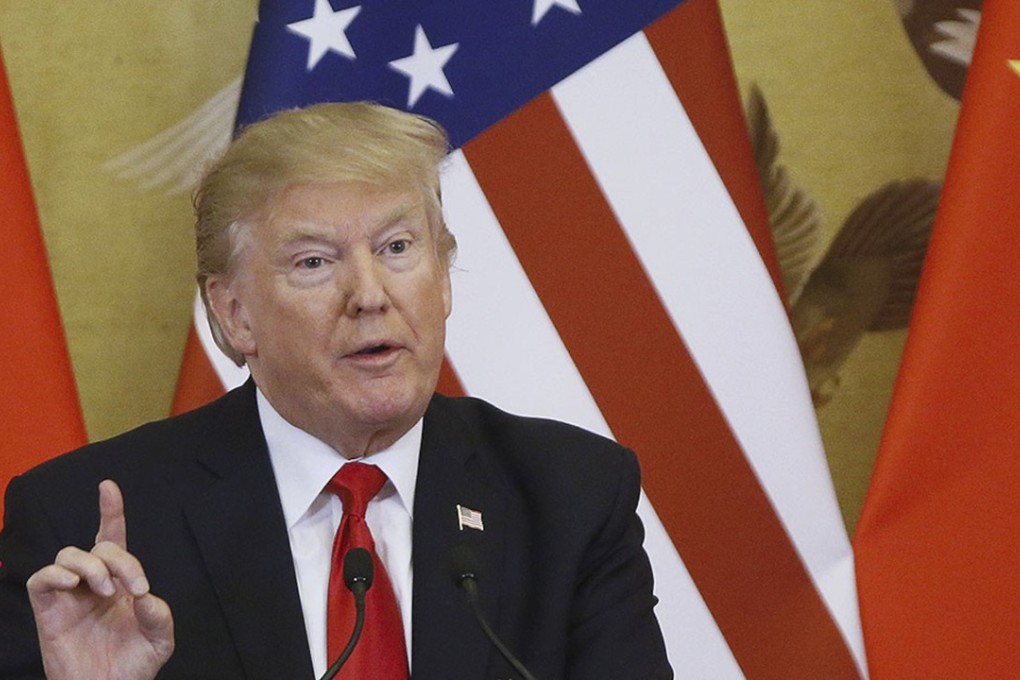Politico | Chinese leaders ‘absolutely confused’ by Trump’s demands on trade
Beyond the feints and jabs, Trump has raised so many different issues that it’s hard to know what his priorities might really be

This story is published in a content partnership with POLITICO. It was originally reported by Victoria Guida on politico.com on June 23, 2018.
Donald Trump has called on China to capitulate to U.S. demands on trade. The problem is nobody knows exactly what Trump actually wants – including the Chinese.
One week, he condemns threats to American national security interests and the next, agrees to lift a ban on doing business with Chinese telecom giant ZTE. He rails about the U.S. trade deficit with China, then dismisses Beijing’s offer – negotiated by his own officials – to boost its purchases of U.S. goods by billions of dollars.
Beyond the feints and jabs, he’s raised so many different issues that it’s hard to know what his priorities might really be.
The strategy is straight out of “The Art of the Deal”: “I aim very high, and then I just keep pushing and pushing and pushing to get what I’m after.” But some doubt that approach translates to negotiating with a global superpower. By all accounts, it has left the Chinese increasingly mystified about what Trump really wants at a pivotal moment when the world’s two largest economies are teetering on the edge of sustained trade warfare.
“They’re absolutely confused,” Derek Scissors, a resident scholar at the American Enterprise Institute, said of the Chinese.
Without clear demands, he argued, Beijing is unlikely to offer much. “The concession has to get them something. And they don’t know what they’re going to get because the U.S. doesn’t have a strategy.”